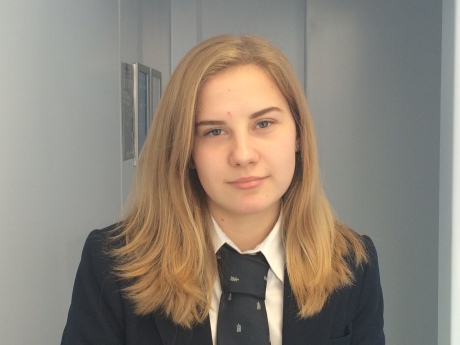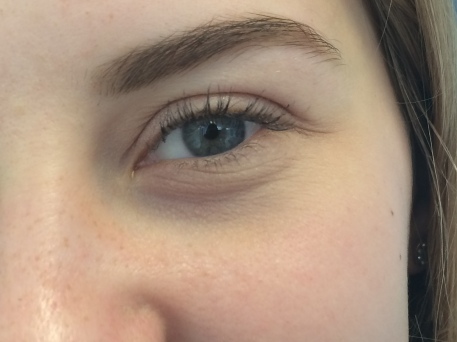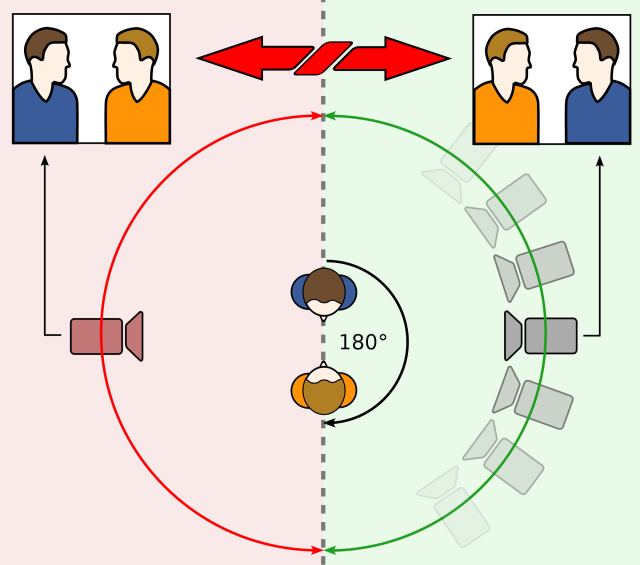Discuss the ways in which the extract constructs the representation of ability/disability using the following: Camera shots, angle, movement and composition, editing, sound design and mise-en-scene.
In the lesson, we watched the first episode of the tv show ‘Sherlock’. It stars Benedict Cumberbatch and Martin Freeman. We studied the opening with the four key elements of textual analysis: camerawork, editing, sound design and mise-en-scene.
Camerawork: one of the most important ways to show emotion and what is actually going on the scene.
In the first few seconds of the opening, the point of view shots of the war zone shows that the main character has this in his mind still and he is unable to disconnect from his thoughts. For audiences who don’t know this at the beginning, it introduces them to an intense atmosphere. The lens flare which is also featured in this clip (if it is actually done by the camera), shows that it is closer to reality and more realistic. These flashback/dreams are all handheld footage which can relate to the state of his mind: cluttered, all over the place and unable to connect to anything else.
The scene then cuts to a downwards shot of the character laid in bed. Since he is alone, this shows his vulnerability as a person. This is also very voyeuristic as the audience watch what he is doing and whats going on in his mind. This can link to the later scenes as Watson (Martin Freeman) is visiting a therapist (who looks at what is going on in his mind). Perhaps, this can make the audience become the role of the therapist with the very voyeuristic feel to it.
The dolly outwards of him sat on the bed by himself shows that he is unable to connect to anyone as he is alone. A few seconds later, the camera dolly’s out even further to show a walking stick lent against the desk. The audience then can link the walking stick to the character and his disability.
The next shot is Watson placing an apple and a mug onto the desk. The shallow focus of the mug shows the army logo. This brings the audience’s attention to it. It also links back to the dream sequence (the war zone) – he can’t leave the army lifestyle behind.
In the next scene, composition has been thought out well. The shot where Watson is sat in the therapist’s office. He is very separate from the surroundings which obviously show that he away from them. This can also mean that Watson cannot adjust to the life that he is and he is very far away from reality. Finally, when the camera dolly’s into Watson at the end of the scene, it brings the audience’s attention and connection is towards him – he is the main focus of the scene/shot.
Editing
In the beginning of the scene, there is fast paced editing to show how fast and quickly his life went. However, when it shows shots of Watson in present life – the editing pace is very slow. This shows the difference in the speed of what his life is like. During the war, he had the ability to do anything and run, walk etc etc. In present day, his life is very slow due to his disabilities.
During the scene where Watson is having a meeting with his councillor, shot reverse shot is used frequently. This not only shows the reactions of each characters when the other has said something but, it shows the contrast between them. This shows Watson’s disability to connect with others and find things in common with others around him.
Mise-en-scene
The flashbacks/dreams regarding his past experience of the war feature: gunshots, shouting, camouflage suits, tanks and much more. These intense images have obviously traumatised Watson and he is unable to forget about this lifestyle. This contrasts with Watson’s clothing and room; the interior and the costume are very simple and plain. The differences between him in the present day and the flashback he had shows how simple his life is now.
The colour palette used for the scene where Watson is sat on his bed during the night creates a sad and hopeless atmosphere for the audience. Since he is sat on his bed just after having his flashback, the dark and dim colours used shows how he is now upset that he is unable to forget about his previous occupation and lifestyle.
In the same scene, Watson’s walking stick and his eye level are directly opposite from each other. This shows that he is constantly looking at it. It shows how much he relies on it. Linking to the question, this shows that he is unable to disconnect himself from it; since he has to use it in his everyday life.
The shot later on in the extract, where Watson places the apple and the mug onto the desk, also shows the contrast in his present and previous lives. The apple next to the mug with the army logo on it, shows his two lives; simple and exciting/intense.
Sound Design
At the start of the extract during the war flashback, there is a constant stream of echoes. This is can be seen as diegetic sound as it purports from the world of the film and, it is been heard in Watson’s mind – therefore, the character can hear it. These constant echoes display the distortion and trauma Watson faced during this time and, he is unable to forget about it all. The trauma he faced his then displayed by him later on in the scene, where he wakes up and the diegetic sound of his heavy breathing shows that he is in shock.
The scene where Watson is placing the apple and the mug into the desk whilst looking at his laptop shows the main character’s isolation and disability to connect to others. The diegetic sound of the distant car horn shows that he is far away from others and the city.
The sound bridge in the same scene where he opens his laptop links the blog to his treatment. Watson opens his laptop and at the same time, the therapist begins to speak. The lack of writing on his blog relates to the disconnection between himself and the therapist. This also helps the audience know what the blog is in relation to.







